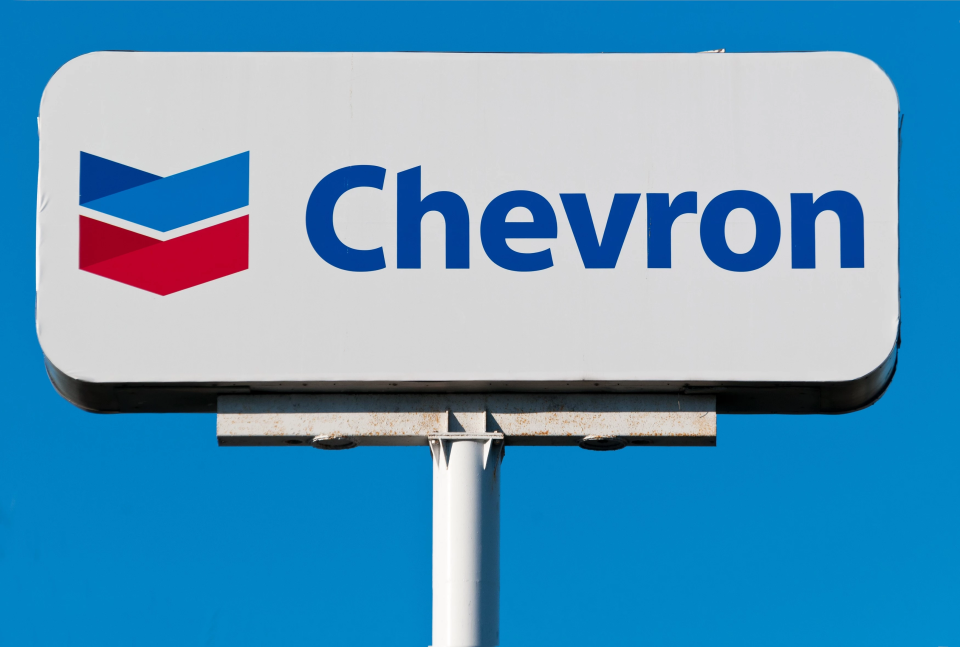Chevron Corporation has launched historic production at its $5.7-billion Anchor project in the Gulf of Mexico with the first-ever successful application of new high-pressure technology for ultra-deep reservoirs, OilPrice reported.
According to the report, the technology which is coming into play for the first time in the global exploration history has successfully been applied, with production confirmed in the U.S. Gulf of Mexico where drillers are said to encounter hitherto significant subsea pressure that has evaded new technology, our source reports Chevron as saying.
“This industry-first deepwater technology allows us to unlock previously difficult-to-access resources and will enable similar deepwater high-pressure developments for the industry,” Chevron Executive Vice President Nigel Hearne was quoted to have said in a statement carried by Reuters.
The new high-pressure technology is capable of operating at 20,000 psi and can reach 34,000 feet below sea level, report shows.
The news agency also reported that Chevron’s Anchor FPU (semi-submersible floating production unit) offshore Louisiana, has a capacity of 75,000 barrels of oil per day and 28 million cubic feet of natural gas per day. Anchor has seven subsea wells, all connected to the FPU and could produce up to 440 million boe. Adding that by 2026, Chevron projects that Anchor will be producing 300,000 boepd, and that it is expected to produce for three decades.
Chevron was reported to have said that the Anchor project has all-electric operations, including turning waste into heat, to minimize carbon emissions.
The US oil major is the operator of the project with a 62.86% interest, while TotalEnergies E&P USA holds the remaining interest.

